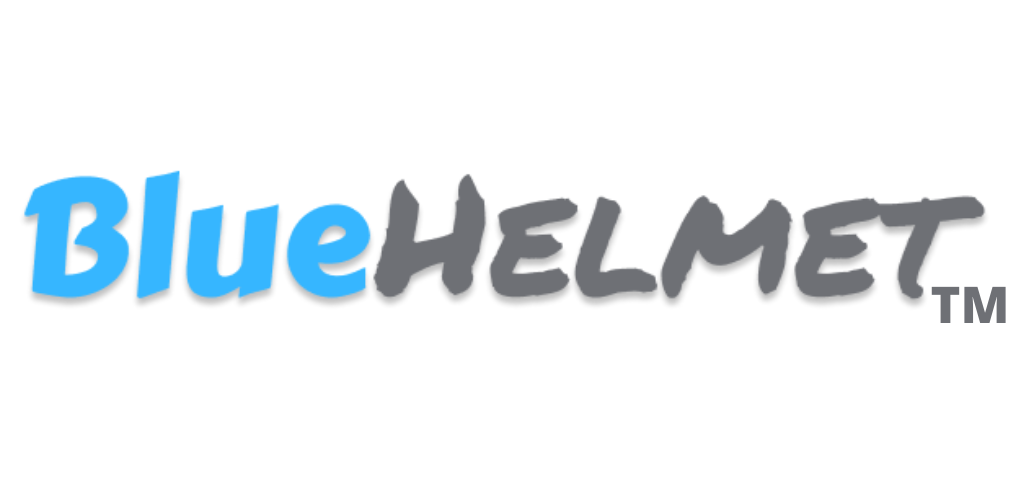Documentation plays a vital role in the software development process, serving as a comprehensive reference guide and communication tool for developers, stakeholders, and users. It involves documenting various aspects of the software, such as requirements, design, code, and user manuals. The importance of documentation in software development cannot be overstated, and here are some key reasons why it is crucial:
Knowledge Transfer: Documentation facilitates the transfer of knowledge within development teams. It enables new team members to understand the software’s architecture, design decisions, and implementation details quickly. By documenting code, APIs, and system configurations, developers can easily collaborate, share information, and maintain consistency in the development process.
Enhancing Maintainability: Well-documented code and system documentation make software maintenance and updates easier. When developers need to modify or add new features, having clear documentation helps them understand the existing codebase and its functionality. This leads to more efficient debugging, troubleshooting, and code refactoring, reducing the time and effort required for maintenance tasks.
Improving Collaboration: Documentation acts as a common reference point for team members, promoting effective collaboration. It enables developers, testers, and project managers to have a shared understanding of the software requirements, design, and functionality. This shared knowledge fosters better communication, reduces misunderstandings, and helps align everyone towards a common goal.
Onboarding and Training: Documentation is invaluable during the onboarding process for new team members. It provides a structured overview of the software, its components, and how different modules interact. New developers can refer to the documentation to grasp the system’s architecture, coding standards, and development practices. Additionally, documentation also supports user training by providing detailed instructions on how to use the software effectively.
User Support and Customer Satisfaction: Documentation plays a crucial role in supporting end-users. Well-written user manuals, installation guides, and FAQs empower users to understand and utilize the software efficiently. Clear and concise documentation reduces the need for extensive customer support, leading to improved user satisfaction and a positive user experience.
Regulatory and Compliance Requirements: Documentation is essential for meeting regulatory and compliance standards. It helps demonstrate that the software meets legal requirements, security standards, and industry regulations. Documentation provides evidence of processes, security measures, and adherence to best practices, ensuring compliance with relevant guidelines.
In conclusion, documentation is a critical aspect of software development. It facilitates knowledge transfer, enhances maintainability, improves collaboration, aids in onboarding and training, supports end-users, and ensures compliance with regulatory standards. By investing in comprehensive documentation practices, organizations can enhance productivity, reduce errors, and deliver high-quality software that meets user expectations and regulatory requirements.
Conclusion: With the right tools and guidance, navigating the job market doesn’t have to be overwhelming. Blue Helmet provides job seekers with a comprehensive platform to discover exciting job opportunities and take charge of their careers. By using advanced search filters, creating an impressive resume, and mastering the art of interviewing, you’ll be well on your way to success in the job market.



